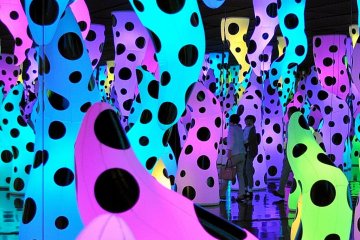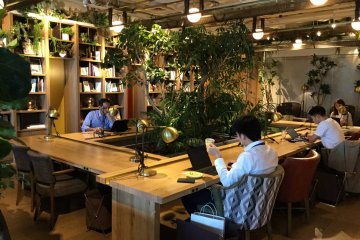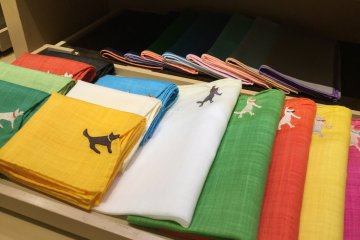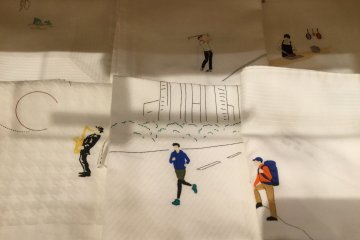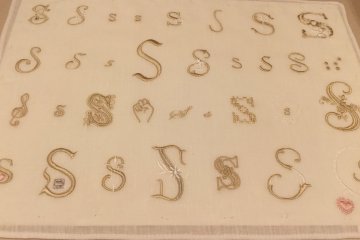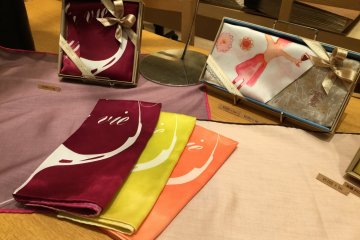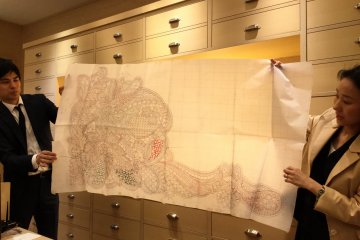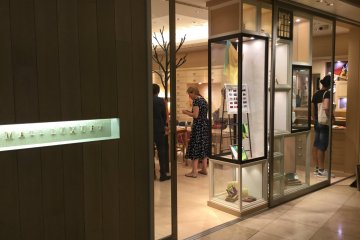The best reason to carry a handkerchief is to lend it.
- Ben (played by Robert de Niro) in The Intern
To many young people, a handkerchief may be something of a relic, a symbol of a more refined time, or something that is still used for sentimental reasons. Handkerchiefs have largely been replaced by single-use tissue, but with heightened ecological consciousness, people are going back to the greener practices of bygone days.
A handkerchief is an item that is both functional and graceful. To have and touch a fine, classic piece of fabric in your pocket or purse at any time can make you feel like magnificence is within reach, which is like treating yourself to a small luxury.

Opened in 2003, CLASSICS the Small Luxury in Roppongi Hills is the only shop in the world exclusively dedicated to handkerchiefs. In this elegant shop, you will find the most exquisite fabrics, artistically designed and meticulously handcrafted. Many of the handkerchiefs in the collection are made with West Indian Sea Island cotton, a rare type of cotton grown and hand-picked in the Carribean. The resulting fabric is exceptionally soft with a silky sheen to it. This cotton used to be reserved exclusively for royalty.
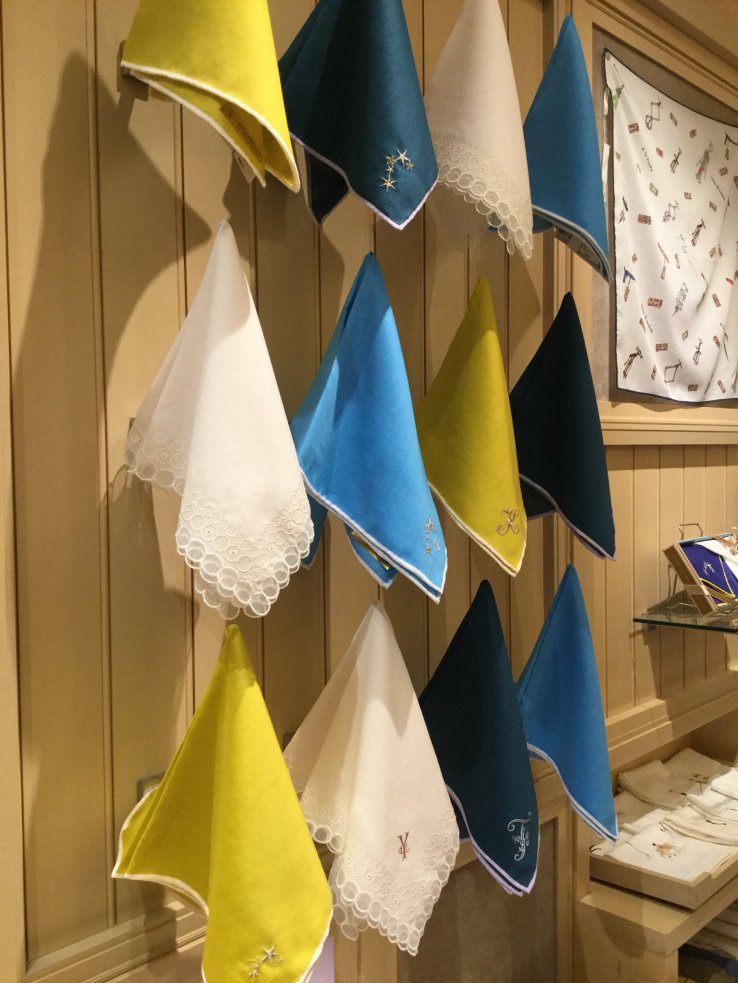
A lot of work goes into making a single square fabric. Designs are printed in the ukiyo-e tradition of applying only one color at a time with equal hand pressure. The printed fabrics are hand cut, then sent to Aomori where the edges are hand rolled and carefully hand stiched so the thread doesn't show and the edges are not flat. Aomori has a long history as a fishing village where the women do intricate work making and mending nets. If you appreciate the precision of the effort required in making a single handkerchief, the price at ¥2,000 a piece is pretty reasonable.

Lace handkerchief require even more work. A single corner of a lace handkerchief is first diagrammed to the minutest detail on a large sheet of paper.



My favorite pieces are the hand embroidered series. The cotton fabric is woven to look like linen. Then they are shipped to Vietnam where they are embroidered in the French tradition.

At CLASSICS the Small Luxury, you will find possibly one of the most opulent handkerchiefs in the world. The Swatow lace series are hand stitched by women in Shantou, China, who learned this craft from their mothers and grandmothers. The method was first taught by Italian missionaries. Each piece takes between three to six months to complete and cost between ¥30,000 to ¥80,000 each. They are a wonder to behold.
A handkerchief is a very personal item and at CLASSICS, any piece can be customized with an initial (available in many fonts, including sign language, and in 24 colors that change with the seasons), birthstone, or any of the many good luck motiffs.


You can go a step further by designing your own motiff.

The Blooming Nakanishi company traces its history back 140 years ago to the early Meiji Period when Japan was hungry for anything Western. Gihei Nakanishi opened a shop in Ningyocho in Nihonbashi in 1879 selling handkerchiefs, gloves, and umbrellas. In 1937, his grandson travelled around Europe and collected some 3,000 pieces of handkerchiefs, all of which are still carefully preserved by the company and occasionally exhibited.
A handkerchief makes a meaningful gift. In this simple piece of square fabric is a "full palette of lifetime emotions." (from Blooming Nakanishi). To give a gift of a finely crafted handkerchief is to express a wish for a long, full life.
Learn more about the Blooming Nakanishi company here.



